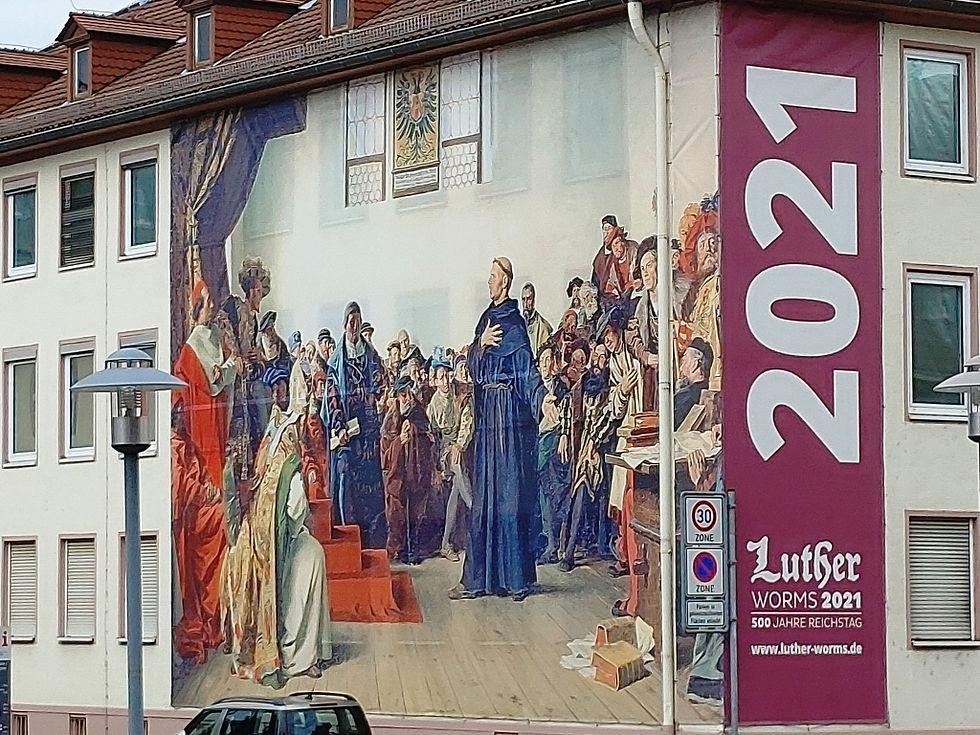Wittenberg - the Heart of the Reformation
- pswartz
- Jun 1, 2022
- 2 min read


When first arriving in Wittenberg, it’s hard to imagine that this sleepy little town was once the center of a controversy that eventually changed the church forever and, in fact, changed the world as we know it today. The controversy that I speak of is, of course, the Protestant Reformation led by Martin Luther. Wittenberg is considered the epicenter of the Reformation as Luther lived and worked here for most of his life.
Wittenberg is situated on the River Elbe 56 miles southwest of Berlin. It’s population in 2018 was 46,000 but has lost more people throughout the COVID period.

This town became an important regional political and cultural center at the end of the 15th century, when Frederick III "the Wise", the Elector of Saxony from 1486 to 1525, made his residence in Wittenberg. The second bridge over the Elbe River was built from 1487 through 1490 and the castle church was erected from 1496 through 1506. The Elector's palace was rebuilt at the same time.
In 1502 Elector Frederick founded the University of Wittenberg, which attracted some important thinkers, such as Martin Luther—a professor of theology beginning in 1508—and Philipp Melanchthon—a professor of Greek starting in 1518.

Today’s tour starts at the Castle Church (see photos). Now, there are two main churches in town – the Castle Church, which was the church for the hierarchy and elite, and St. Mary’s Church, which was for the common folks. On 31 October 1517, Luther nailed his 95 thesis on the selling of indulgences at the door of the All Saints', the Castle Church – an event taken as marking the beginning of the Protestant Reformation.

St. Mary's Town Church is known as the mother church of the Reformation. The first Protestant service was held in it in 1521. As Martin Luther's preaching church, it was the Reformation official church where Luther delivered over two thousand sermons.
The other important places that we visited were Martin Luther's home, the Lutherhaus, where he studied and lived both before and after the Reformation. This is now a museum containing many artifacts from his life. Melanchthon's house and the house of Lucas Cranach the Elder, mayor of Wittenberg, can also be found here.

On the town square, statues of Luther and Melanchthon embellish the town. The spot outside the Elster Gate where Luther publicly burned the papal bull in 1520 is marked by an oak tree.
Be sure to leaf through the photos below to get a sense of the town of Wittenberg. (Click on the pictures to enlarge)




































Comments